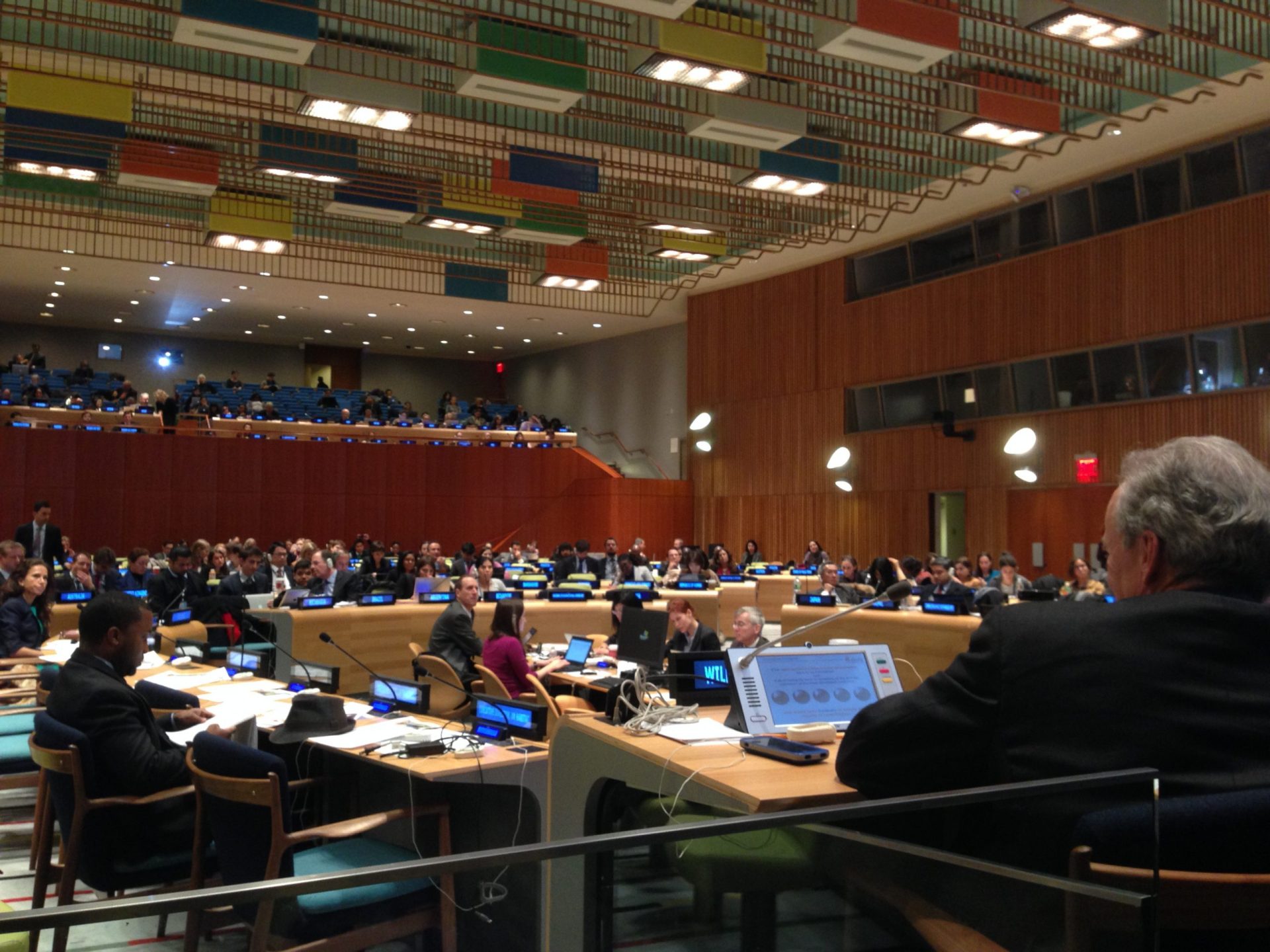Argentina (Buenos Aires) – Soil Contamination at Shipbreaking Yard

- Soil
- Water
- Direct contact
City of Buenos Aires Environmental Protection Agency (APrA) and Housing Institute (IVC)
This project, also selected as a GAHP pilot project, seeks to characterize the extent of soil contamination in a former shipbreaking yard.
Pure Earth is working with the City of Buenos Aires, at the former shipbreaking yard “Ex-Astillero Osvaldo Taconni” located in the Matanza-Riachuelo River Basin near the densely populated settlement of Villa 21-24 (pop. 45,000). The river is over 60 kilometres long and passes through 14 municipalities in Buenos Aires.
Dangerously elevated levels of zinc, lead, copper, nickel and chromium were found at the site, including in an area used by local children as a playground. Significant contamination of well-water was also documented.
The site characterization will be used by the City to develop a suitable remediation plan, and will be integrated into a larger City government project to construct affordable housing.
Solution Implemented
The Technical Direction of the Environmental Protection Agency (DGeT) of APrA, with the support of Blacksmith Institute developed an analysis of the local technologies for the assessment of polluted sites. A local university, Universidad Tecnologica Nacional (UTN), was selected to carry out the assessment and the remediation plan.
After a long discussion between APrA, UTN and BI about the number of samples and chemicals to be measured, the sampling took place in December 2014. In January 2015, the UTN submitted a progress report with the preliminary results of the site characterization and risk assessment. The UTN took samples of soil and ground water for determination of lead, nickel, cadmium, total chromium, mercury, total hydrocarbons, polychlorinated biphenyls, total organic carbon, polyaromatic hydrocarbons and volatile organic compounds. The results of the sampling are ready and available in the progress report, but it is still necessary to analyze these results and develop the remediation strategy. Then, the City of Buenos Aires will be responsible for funding the full remediation of this site to reduce the contamination and the risk of toxic exposure of the population living nearby. The construction of an affordable housing depends on the final recommendations from the UTN.
